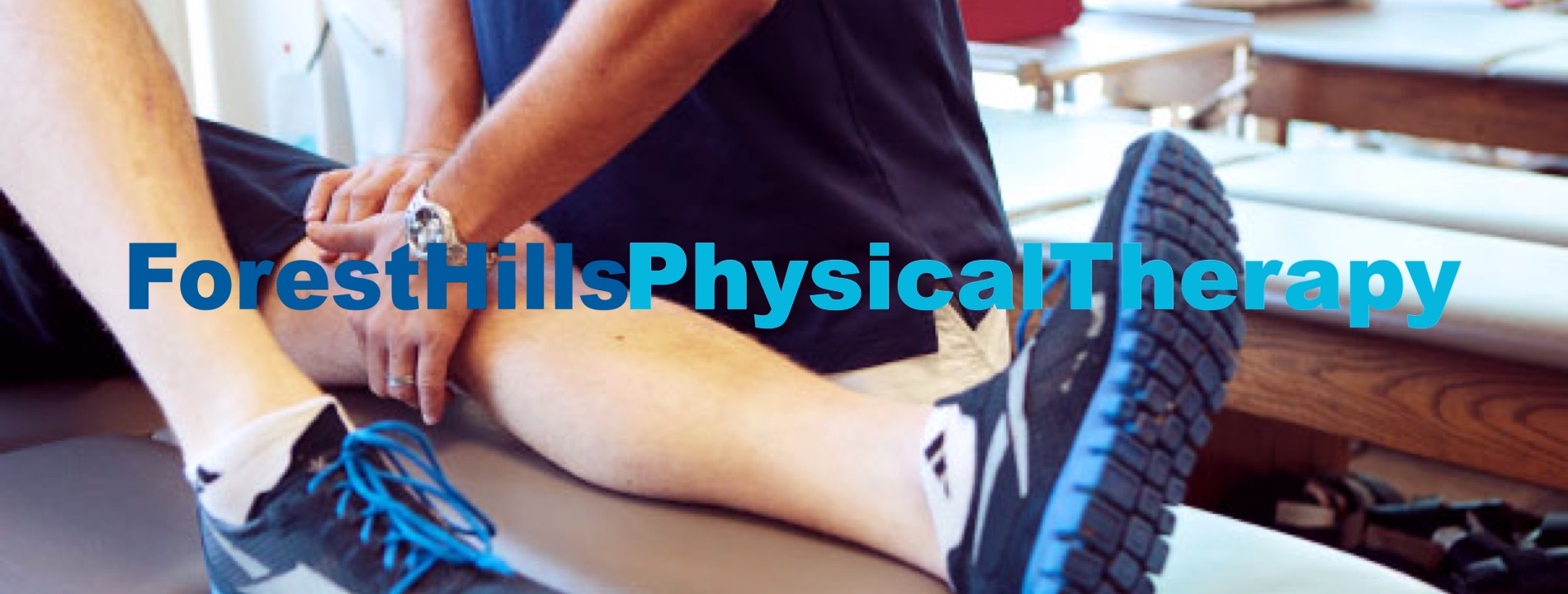Physical Therapy Queens: Joint Nutrition
Nutrition for Your Joints
It’s well known that that nutrients in certain foods can boost immunity, improve heart health, and promote well being. However, did you know that nutrition can play a role in bone and joint health as well?
Joints serve an important function in the human body. Movement at the joints allows you to bend, reach, turn, and rotate.
As an individual gets older, more sedentary, and gains weight, arthritic changes can set in. Joints begin to degenerate, resulting in pain and discomfort in daily life.
The best way to build strength and stability of the joints and the surrounding ligaments, muscles, and bones is through a combination of exercise, healthy eating, and nutritional supplements.
Exercise - The Right Stimulus for Healthy Joints
Exercise is one of the best ways to keep your joints healthy and improve well being. On the other hand, sedentary individuals are at a higher risk for joint pain. The less you move, the more stiff your joints will be, so it’s important to move around.
“Getting up and moving” can be as simple as going for a brisk walk or using the vacuum. If you work in an office, you can increase your mobility by talking on the phone while standing up instead of sitting at your desk. You can also stand up and and stretch at regular intervals.
The weight of your body is supported by your lower back, knees, and hips. Loss of excess body weight will help ease the strain on your joints.
Adding resistance increases muscle strength around your joints and ligaments. It is very important to consult your physical therapist before beginning any resistance training program. You want to make sure you don’t overdo anything and hurt yourself.
Nutrition plays an important role in joint health. Eating a diet rich in nutrients contributes to bone strength. The consumption of diary and foods such as broccoli and kale facilitate calcium intake. If you can’t tolerate milk, ask your physician if calcium supplements are right for you.
Foods rich in Vitamin C and antioxidants may contribute to immunity and joint health. Eat plenty of colorful fruits like oranges, berries, and melons to take in an excellent supply of both nutrients. Salmon is an excellent source of calcium and omega-3 fatty acids. Omega-3 fats have several benefits, and may boost joint health, heart health and decrease pain and swelling. Please note that these are general guidelines, and are not meant to replace or constitute the advice of a registered dietician or nutritional consultant.
The Role of Physical Therapy in Joint Health
Your physical therapist is a licensed health care professional trained to help you improve joint health. For best results, use a combination of diet and exercise. A well-designed, simple, yet progressive exercise plan will help strengthen muscles surrounding the joints and improve mobility.
Although joint pain can limit your quality of life, your physical therapist will stand by your side and help you. The therapist will design simple, achievable goals and teach you the right techniques to help you regain full function and resume the things you like doing.
We are here to help you. We don’t want you to be limited with your daily activities - not on our watch! If your joints hurt, it’s time to talk to us. Physical therapy (along with healthy nutrition) may be exactly what your joints need.
Forest Hills Rehabilitation
Phone:718-520-8480





